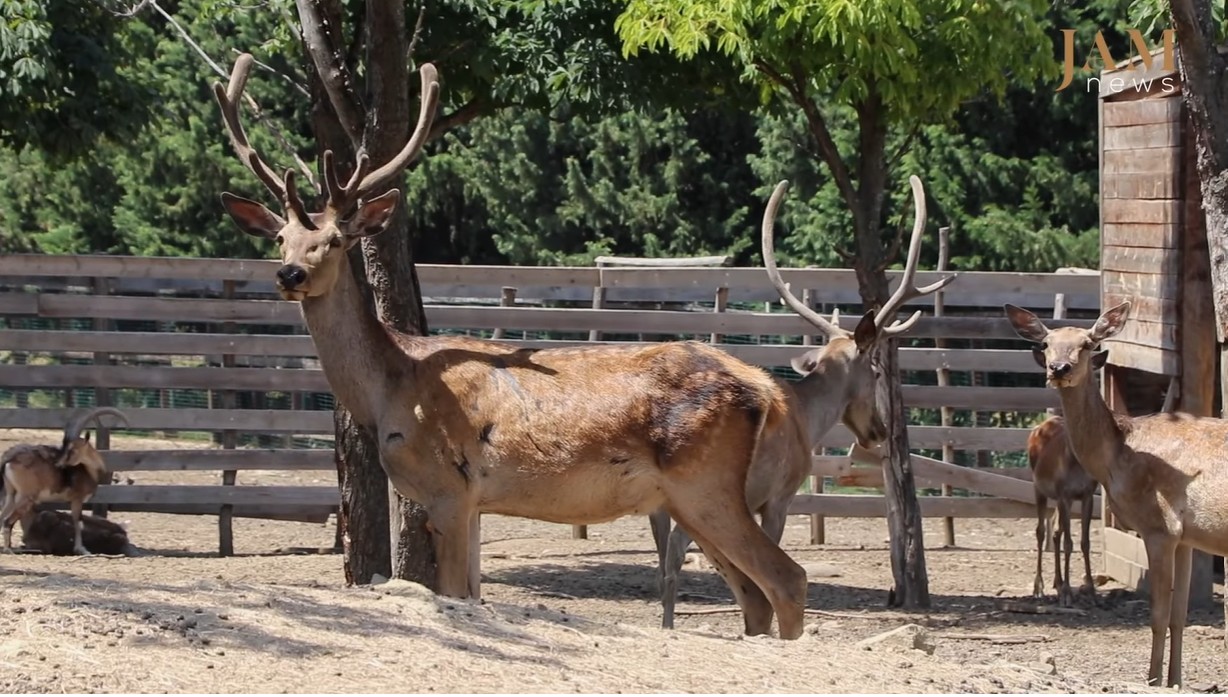Mysterious tunnels of Gyumri: What is known about them? Video
Mysterious tunnels of Gyumri
Even in Armenia, few people know about the mysterious tunnels beneath Gyumri. A young couple who recently moved from Yerevan were not just surprised but frightened when they discovered a water-filled tunnel under their house during construction work. Their neighbors reassured them, explaining that many homes in Gyumri have similar underground passages and that their house wouldn’t be flooded.
We explore the story of this family’s unexpected discovery and what experts say about the origins and purpose of these tunnels—where they lead and why they were built.
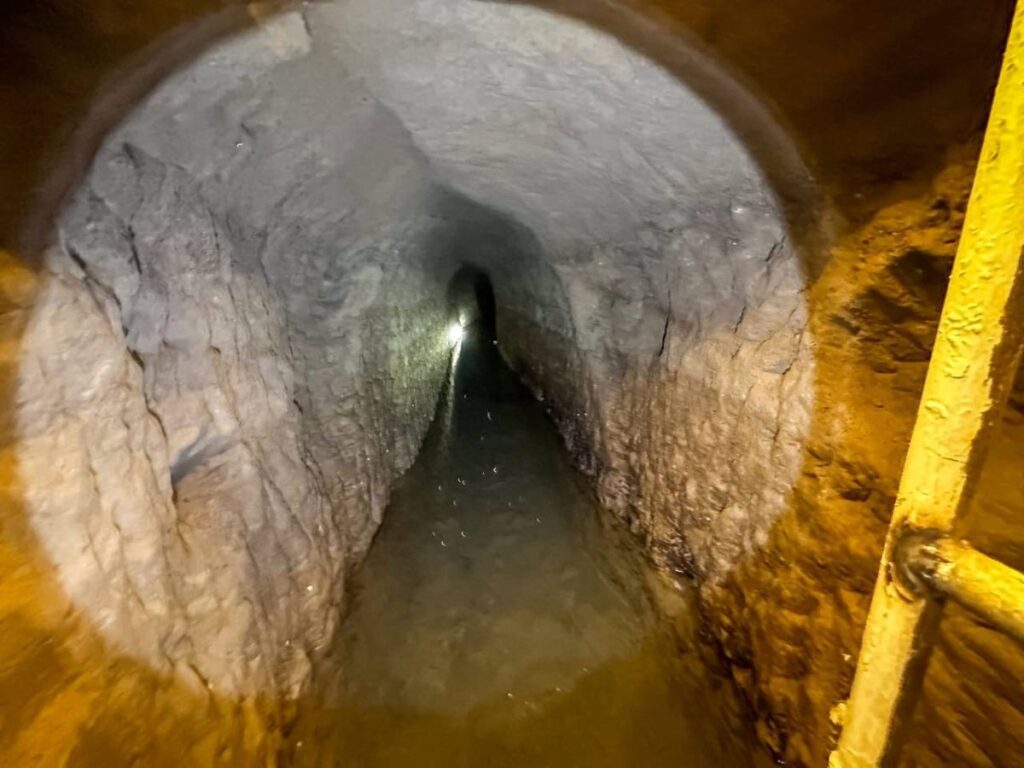
- Glimpse: The Georgian street in Gyumri, Armenia
- Survivors of Armenia’s 1988 earthquake tell their stories 34 years later
- Work for people with disabilities – photo report from a cafe in Armenia
- Yerevan family moved to Gyumri: why is it better to live in a small town? Video
Tunnel under wine bar
David Avetisyan and Kristina Soloyan moved to Gyumri in 2019. They purchased a small building in the city center and started a guesthouse business. JAMnews first reported on the couple’s decision three years ago.

Once their guesthouse became profitable, the couple decided to demolish the garage on the first floor and replace it with a wine bar.
That’s when David and Kristina realized their home was anything but ordinary. During construction, they uncovered a tunnel, which, according to local legends, leads to Western Armenia—now part of Turkey.
“We started work in 2023, digging out and removing 15 truckloads of soil from the basement. We thought it would be great to build a wine cellar next to the bar. But things took an unexpected turn. We found a large tunnel—about two meters high, so a person can walk through it without bending down. Inside, there was water. We had no idea what it was, and it scared us. We worried that the water would flood our house. So we called in geologists. After inspecting it, they told us it was a ‘karez’—a type of underground irrigation tunnel—and that we had nothing to worry about,” David recalls.
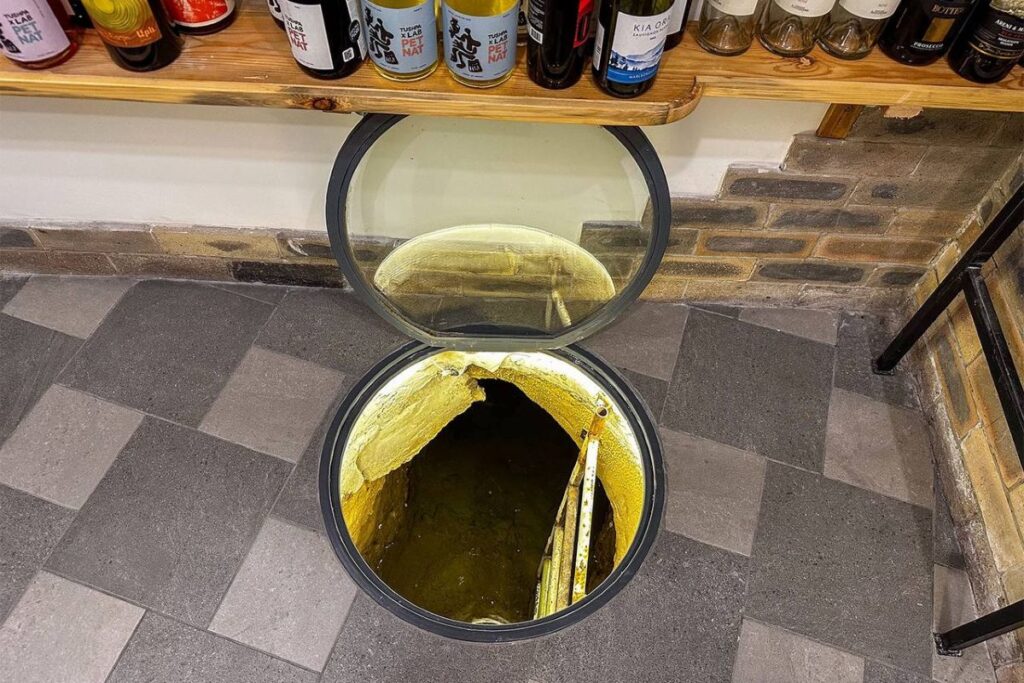
David recalls how excited the workers were when they discovered the tunnel. At first, they thought the previous owners had dug it to hide gold. But instead of treasure, they unearthed 19th-century medicine bottles, a jug, an inkwell, plates, and bullets.
David believes these findings suggest the tunnel was once used by locals as a secret passage for safe movement.
“When the neighbors found out we had discovered a tunnel, they started sharing different stories. One claimed it once connected Alexandropol (as Gyumri was formerly known) to Kars [now in Turkey]. Another warned us that an evil spirit lived in the tunnels and advised us to seal it with cement to ‘prevent it from coming out.’ There’s also a legend that in 1920, locals hid in these tunnels during the Battle of Alexandropol.
The objects we found confirm that people definitely used the tunnel. We even discovered a bottle labeled ‘pharmacy’ in both French and Russian, featuring the Russian imperial double-headed eagle.”
What is a “karez”?
The word karez is borrowed from Persian. According to some scholars, Iran is the birthplace of the karez system, with 60% of the world’s karezes located there, stretching a total of 160,000 km.
In Gyumri, karezes were built as a water supply system, explains Roland Gasparyan, a researcher at the Academy of Sciences’ Laboratory of Exploratory Geophysics:
“These are systems consisting of vertical shafts and underground channels that transport groundwater using gravity, bringing it to the surface. Karezes were the only reliable source of water for the city. Their water was used by public baths, breweries, brick factories, textile mills, and other enterprises. Some of these systems were built and maintained by Gyumri residents as early as the 18th and 19th centuries, possibly even earlier.”
He regrets that Gyumri’s karezes are no longer used for their original purpose:
“The karezes of Gyumri are no longer used as a water source because many were destroyed in the 1988 earthquake, while others were lost due to uncontrolled construction. When people come across a karez, they often seal it off, which creates a serious issue. Water levels rise, increasing humidity in nearby houses, sometimes even leading to structural collapses.”
As for the tunnel beneath the wine bar, its destination remains unknown. David says they explored about 100 meters of it with the workers but stopped due to the risk of collapse:
“When we first found it, we lit a match and noticed the air moving, which means the tunnel has an exit somewhere—it leads to the surface.”
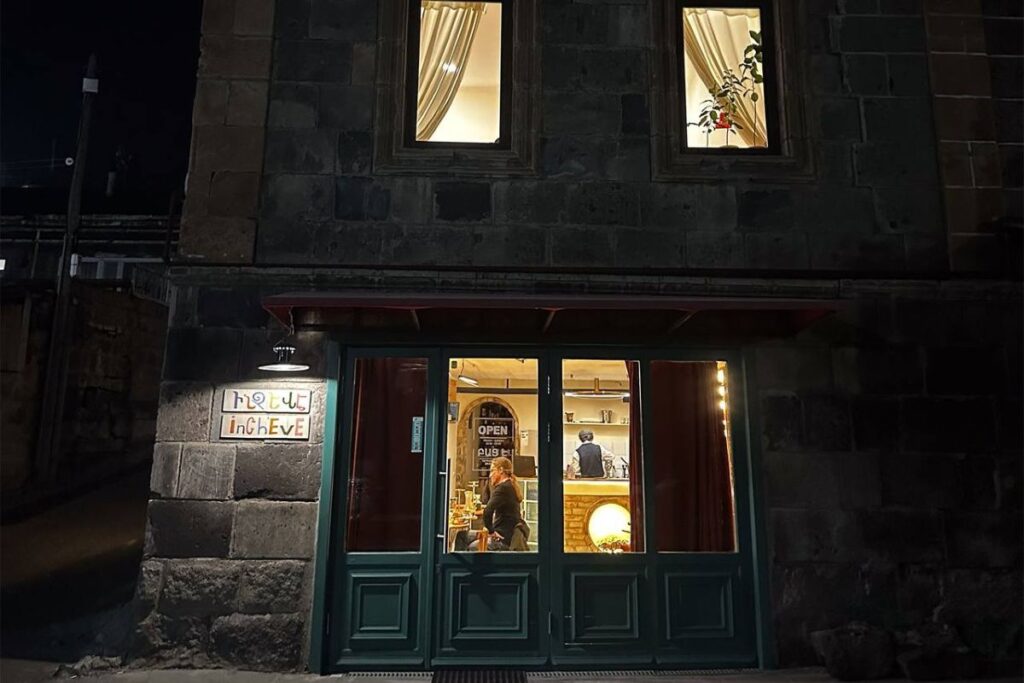
Roland Gasparyan admits that it is difficult to determine where this karez might lead. The tunnel network beneath Gyumri is highly complex and lacks a clear pattern. Mapping it would require extensive city-wide research using modern technology.
“To conduct this work, we need gravimeters, ground-penetrating radars, and electrical tomography scanners. This equipment is quite expensive. The Institute of Geophysics attempted to acquire it, but unsuccessfully. Even a positive expert assessment from a government commission tasked with studying Gyumri’s karez system didn’t lead to funding—no money was allocated, not even a symbolic sum,” Gasparyan noted.
Archaeologist’s perspective
Archaeologist Ben Vardanyan believes the karez found under David’s house is a typical pre-Soviet Gyumri structure, dating back to when the city was called Alexandropol. However, he points out that this tunnel differs slightly from others:
“Previously discovered and studied karez systems have stone walls and arched ceilings. But this tunnel was dug into clay soil, with visible tool marks on its walls. Judging by its length, it could have been a drainage canal. These are historical layers that tell us about daily life and the era as a whole.
It’s natural that such discoveries spark strong emotions and legends. Wherever I’ve worked, people have said tunnels hide jars of gold. Gyumri has many myths. Some say there is a secret passage under the Holy Saviour Church leading to Ani and Kars [historic Armenian cities now in Turkey]. But I don’t think we have any evidence to support this. It would be nearly impossible, as the Akhurian Gorge and Akhurian River lie between them. How could an underground passage have been built across such a barrier?”
Could the tunnels be turned into museum?
David has decided not to seal off the karez, believing that historical discoveries like this intrigue people. He hopes the tunnel could attract more tourists and enhance the city’s historical identity.
Gor Torosyan, director of Gyumri Tour, shares this vision:
“If even a small section of the tunnels were mapped—if their beginning and end were found—they could be turned into an underground museum. This would interest not only foreign tourists but also locals. As a resident of Gyumri, I, too, would love to uncover the mystery of these tunnels. They could certainly become a local attraction.”
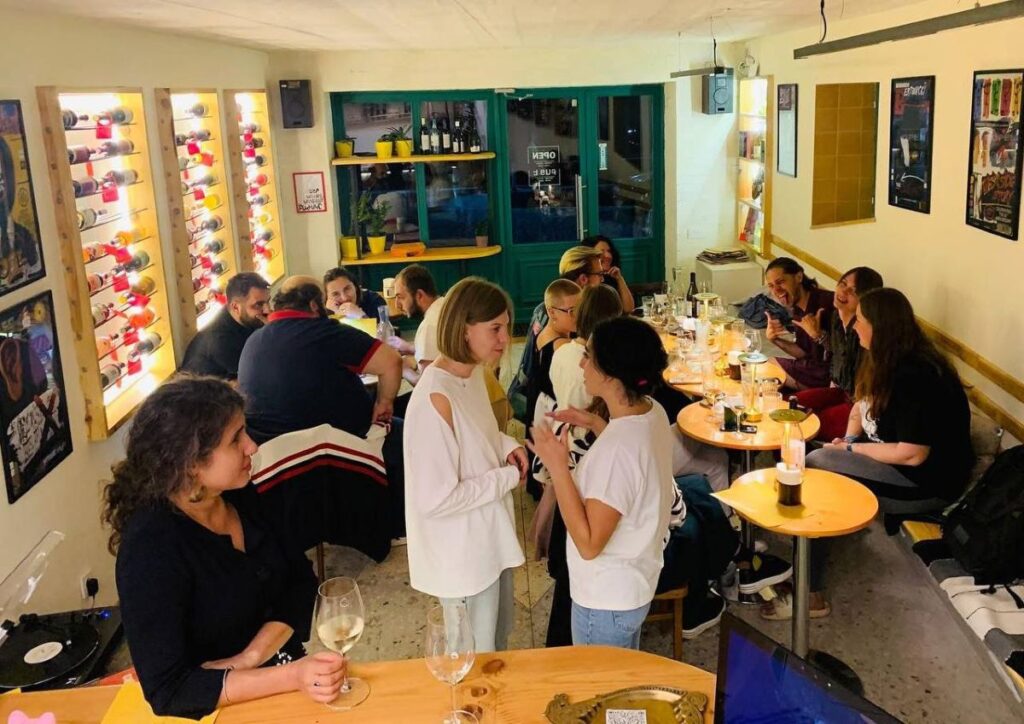
Mysterious tunnels of Gyumri
Mysterious tunnels of Gyumri

















